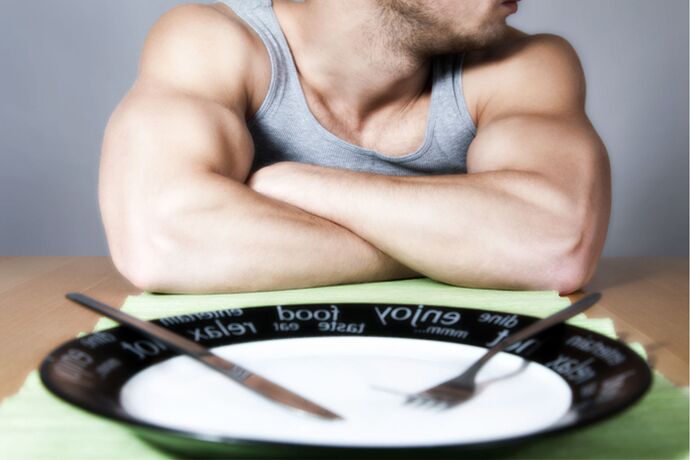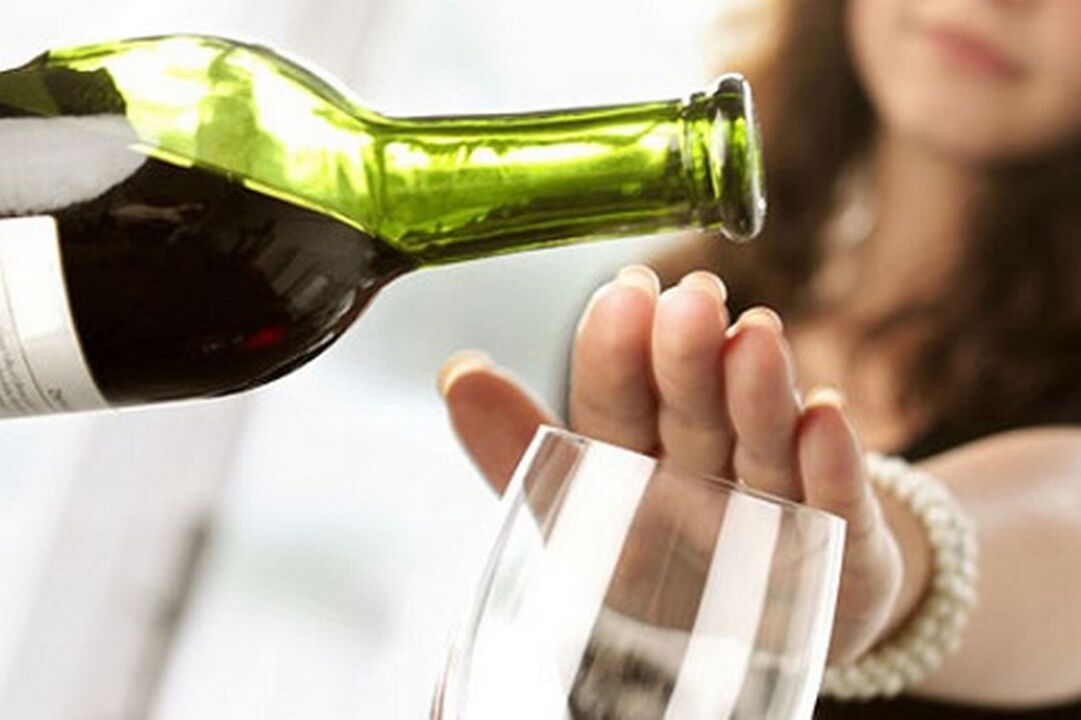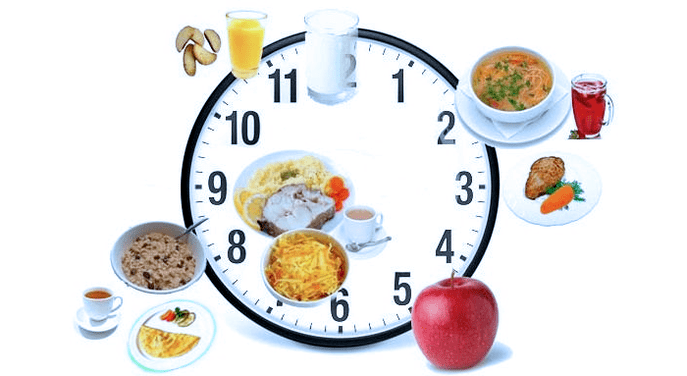Despite the fact that modern medicine has created a number of powerful and effective drugs to treat pancreatitis without a diet, such treatment is less effective. Moreover, with a mild or moderate course of pancreatitis, treatment may even consist of a single dietary correction.
Unfortunately, many patients follow a diet only while in the hospital, and after discharge they stop and, thinking of recovery, consume forbidden foods. As a result, it leads to recurrent inflammation, which is much more difficult to treat than primary.
The importance of proper nutrition in pancreatitis
Acute and chronic pancreatitis are treated mainly with medication, and in some cases surgical assistance is required. However, neither drug therapy nor surgical treatment are absolutely ineffective without correction of the patient’s diet.
Diet, without exception, is prescribed to every patient with pancreatitis, regardless of the severity of the disease. Failure to follow the rules leads to another attack of the disease, which the patient will endure much worse than the initial one.

Diet allows you to reduce the load not only on the pancreas, but also the entire digestive system as a whole. In addition, the choice of foods in the diet aims to provide the patient's body with all the necessary substances to regenerate damaged organs.
In many patients, the disease in the acute period causes such severe damage to the pancreas that the patient's diet is prescribed for life. Patients who neglect prescriptions in terms of diet in such a situation can remain disabled and even die.
From this comes a simple conclusion: a diet for pancreatitis (acute and chronic) is not only recommended, but also necessary.
Who prescribes the diet?
Only a doctor can prescribe a diet and certain prescriptions for pancreatitis. At the same time, in this case are suitable doctors of several specializations: therapists, endocrinologists, gastroenterologists and, in some cases, infectious disease specialists.
Self-administration of a child is dangerous for both health (disability is possible) and life. It is especially dangerous to prescribe a diet for pancreatitis without consulting a doctor for children and pregnant women.
Dietary features for acute pancreatitis
The peculiarity of the diet for acute pancreatitis can be called a reference point in the direction of fasting. That is, in acute pancreatitis, the diet should contain the most tender foods for the gastrointestinal tract in general, and the pancreas in particular.
Moreover, doctors prescribe a reduction in the amount of food consumed in the first week of illness, and in the first 2-4 days of illness you can prescribe complete starvation (you can only drink).

The goal of this rather restrictive diet is simple - to significantly reduce stress on the pancreas. In the absence of a diet in the acute phase of pancreatitis, treatment may be completely useless.
Dietary features for chronic pancreatitis
The peculiarities of the diet in chronic pancreatitis are that the patient must limit himself during his life to the use of fatty, fried, spicy and smoked foods.
In this case, the patient is sometimes allowed to eat such food, but in small quantities. Alcohol is completely contraindicated, but most patients ignore this prescription, so doctors simply insist that the patient drink it as little as possible and in small amounts.
Dietary features with exacerbation of pancreatitis
With the worsening of pancreatitis, an extremely restrictive diet is introduced in which complete rejection of food is recommended in the first days of the disease. Furthermore, only low-fat soups, cereals (usually buckwheat) and mashed potatoes are allowed during the week.
Once the exacerbation subsides, the patient should smoothly switch to a standard diet for chronic pancreatitis. Moreover, any changes in diet during the exacerbation of pancreatitis should be carried out only in consultation with your doctor. Self-administration of dietary therapy is dangerous not only for health, but also for life.
What is not allowed in pancreatitis?
With pancreatitis of any kind, there is a fairly large list of products that are strictly prohibited for use (both until the end of treatment, and much less frequently, for life).
The list of foods prohibited for pancreatitis is as follows:
- Fatty meat, fried meat (this includes cutlets), canned food, sausages, smoked products, goulash.
- Oily fish, smoked and salted fish, any canned fish and caviar.
- Fatty varieties of fresh cheese, cottage cheese (especially dangerous is glazed cottage cheese), spicy and smoked types of cheese.
- Scrambled eggs or hard-boiled eggs.
- Beets, garlic, garlic, horseradish, pepper, radish.
- Beans, beans, mushrooms.
- Raw and unspent fruits, sour and sweet fruits (oranges, figs, grapes, for example).
- Rolls, cakes, as well as other sweet and / or fatty (due to cream) confectionery.
- Chocolate, ice cream, nuts.
What can and what is useful to eat with pancreatitis?
The following foods are allowed with pancreatitis:
- cereal and vegetable soups;
- cooked beef, fish, poultry;
- chicken egg omelette;
- a small amount of honey;
- various cereals;
- roasted or cooked vegetables;
- mashed potatoes;
- carrots.
What is allowed and what is not allowed to drink?
The use of the following beverages is prohibited:
- any alcoholic beverages;
- sweet and carbonated drinks (including juices from shops);
- cocoa;
- coffee beverages.
The following drinks are allowed:
- kefir;
- weak black and green tea;
- bar decoctions;
- compote;
- curdled milk.
Alcohol
Alcohol with pancreatitis is contraindicated in any form of the disease. Alcoholic beverages have a detrimental effect not only on the pancreas, but also on the adjacent organs of the abdominal cavity, which in the vast majority of cases are also indirectly affected by pancreatitis.

Alcohol consumption in the background of chronic pancreatitis increases the severity of its symptoms and leads to disease progression. Alcohol consumption in acute pancreatitis significantly reduces the effectiveness of treatment and increases the risk of death due to pancreatic necrosis.
Sweet and honey
Honey and sweets (excluding chocolate) are only allowed for chronic pancreatitis. In the acute form of the disease or exacerbation of chronic pancreatitis, all sweets, including honey, should be excluded.
In addition, with chronic pancreatitis, sweets can only be eaten in limited quantities, which is rarely possible. The fact is that if the pancreas is damaged in the background of chronic pancreatitis, the use of sweets is dangerously high risk of diabetes mellitus.
Milk products
Although whole milk can be consumed, it is not recommended as it often causes diarrhea and bloating. It is recommended to consume low-fat kefir, fermented milk and yogurt, no more than one glass a day.
Also, from dairy products with pancreatitis, fresh cheese (up to 9% fat) and cheese (mild varieties, such as mozzarella, adyghe and feta cheese) are allowed. Sour cream can be consumed only one tablespoon a day, but only as a supplement for soups.
Porridge
Only some types of cereals (buckwheat, semolina, rice and oatmeal) are allowed in this disease. In addition, the porridge can be cooked only in water or milk, in a ratio of 1 to 1.

In the chronic form of the disease, corn or barley porridge can be consumed once a week. But barley and millet porridge is forbidden for any form of pancreatitis.
Oils
In pancreatitis, a small amount of butter is allowed to be added to meals. Vegetable and olive oil can also be added in small amounts to meals, but only for the chronic form of the disease.
Buckthorn oil is strictly forbidden for pancreatitis due to stomach irritation and creating a serious load on the pancreas.
Baking, biscuits
Even with acute pancreatitis, after several days of hunger strike, certain types of pastries and cookies are allowed. Namely:
- white or slightly dried bread;
- uncooked and unsweetened cookies;
- biscuit biscuits.
Other pastries and pastries are banned or simply not recommended. Fresh pastries are especially dangerous, which can significantly worsen acute pancreatitis or cause exacerbation of chronic pancreatitis.
Vegetables
It is allowed to eat vegetables only in cooked or baked form, but it is much better to use it in mashed form (mashed potatoes, pans, soups).

The following vegetables are allowed for consumption:
- potato;
- carrots;
- turnip;
- pumpkin;
- cauliflower;
- green peas;
- zucchini.
In a limited amount and only in the case of chronic pancreatitis, outside of exacerbations, it is allowed to use white cabbage and tomatoes, but only in cooked form.
Fruits
In pancreatitis it is allowed to eat baked fruit or in the form of compote and jelly. Fruit puree is also allowed. You can eat melon or watermelon in limited quantities.
Sour fruits (citrus fruits) are completely contraindicated, including their juices. It is also important to note that it is forbidden to use raw fruits for acute pancreatitis or exacerbation of chronic pancreatitis.
Dried fruit
In acute pancreatitis, dried fruit is strictly forbidden, while in the chronic form of this disease it can be consumed only in the form of compote.
The fact is that the dried fruit does not contain much less fiber than fresh fruit. Fiber is contraindicated in pancreatitis.

It is also worth noting that, although dried fruit is allowed in small quantities in the chronic form of the disease, there is that dried fruit that can not be consumed at all (figs, dates, raisins, dried apricots).
Nuts
Walnuts are quite a fatty product, which immediately speaks against their use for pancreatitis. They can be consumed only in the chronic form of the disease and only in small quantities. But there are some nuances here as well.
Therefore, doctors prohibit the use of walnuts a year after acute pancreatitis or a year after exacerbation of chronic pancreatitis.
Example of a weekly menu with pancreatitis
It is important to take into account: no more than 200 grams of white bread and a maximum of 30 grams of sugar are allowed per day. You need to eat only partially, 6-8 times a day in small meals. It is advisable not to skip meals.
An example of a menu for pancreatitis for a week is given below.
Monday
- no more than 200 grams of mashed potatoes with 90-100 grams of meatballs, tea;
- not more than 100 grams of cottage cheese;
- carrot puree soup (not more than 250 grams), one toast, compote;
- 100 grams of steamed omelettes (protein only! );
- a glass of yogurt.
Tuesday
- 150 grams of cooked fish and 150 grams of carrot puree, tea;
- not more than 100 grams of cottage cheese;
- 100 grams of steamed omelet;
- kefir.
Wednesday
- cooked fish with noodles (not more than 150 grams and baked only in the oven), 150 grams of puree;
- 100 grams of cottage cheese;
- fresh cheese souffle with tea (not more than 150 grams);
- a glass of yogurt.
Thursday
- 200 grams of mashed potatoes with the addition of steamed meatballs (not more than 10 grams), tea with milk;
- semolina milk soup (not more than 250 grams), fruit jellies;
- protein omelet (not more than 100 grams);
- curdled milk.
Friday
- apple and carrot pudding (not more than 200 grams);
- 250 grams of vegetable puree soup with compote;
- protein omelet (not more than 100 grams);
- curdled milk.
Saturday
- meatballs (not more than 100 grams) with mashed potatoes (not more than 150 grams), tea;
- protein omelet;
- grated oatmeal soup (not more than 250 grams) with carrot puree (200 grams);
- curdled milk.

Sunday
- 160 grams of milk porridge from rice, tea;
- 200 grams of fruit jelly, 100 grams of cooked fish;
- curd pudding (not more than 150 grams) with bar decoration (150-200 grams);
- a glass of kefir.
Starvation
Fasting is very effective in acute pancreatitis or exacerbation of the chronic form of this disease. It is recommended to adhere to it in the described conditions for 1-3 days, using only plain water during that period.
Fasting is necessary to relieve the digestive system in general, and the pancreas in particular. It is important to note that the use of soups is not allowed during fasting, even those with a low fat content.
















